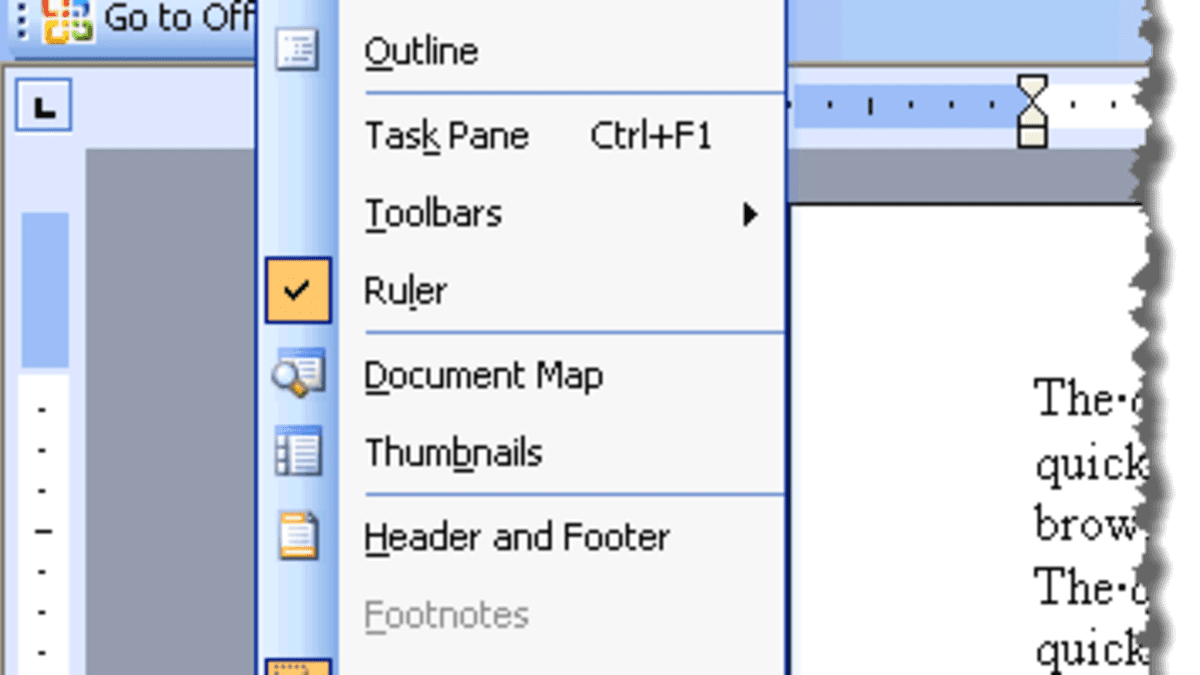

Tables will play an important role in your business plan. Also, you can delete all text formatted with the selected style by pressing Delete or Backspace. Then click the new style you would like to apply. In the Styles and Formatting task pane, click the Select All button. ■ Tip If you want to change all instances of a particular style, select a portion of the document formatted with the style.
Where is the research task pane in word 2013 update#
Click the arrow that appears and select Update to Match Selection. Then hold the mouse over the style you would like to modify in the Styles and Formatting task pane. The Modify Style dialog box is similar to the New Style dialog box.Īlternatively, you can modify a style by formatting a portion of your document with the formats you would like to include in the style. The Modify Style dialog box, which is similar to the New Style dialog box, will open.įigure 2-21. Click the arrow that appears and select Modify.

In the Styles and Formatting task pane, hold the mouse over the style you would like to modify. To do this, you need to access the Modify Style dialog box, as shown in Figure 2-21. There is a good chance you will decide to modify a style you created. To avoid this, select (no style) in the drop-down list box labeled Style based on in the New Style dialog box. ■ Caution If you modify a base style, Word will update all styles you created from the base style. In the New Style dialog box, select the style you want to use in the drop-down list labeled Style based on. You can also create a new style based on an existing style. Type a name for the style in the Name box and click OK. Double-click the style name next to the formatted paragraph. Type a name for the style in the Name box, as shown in Figure 2-19, and click OK. Or, in the Styles and Formatting task pane, click the New Style button. First, you can click in the Styles box on the Formatting toolbar and type a name for the style. Once you have formatted the text, you have three options for defining the style. Additionally, you can include alignment, margins, line spacing, and indents. Paragraph styles can include character formatting such as bold, italics, underline, font color, and font size. First, apply the formats you want to include in the style to part of your document. The easiest way to create a style is to base it on a portion of the document. Fortunately, creating a style is not as difficult as you would assume. But you may want to create your own styles. Word includes a variety of styles for you to use. In the Style dialog box, shown in Figure 2-18, select the new style and then click apply. Double-click the style name in the Styles area. You can also use the Styles area to change a paragraph’s style. The Styles area will not display styles you apply to characters or portions of a paragraph. Second, it only shows styles applied to paragraphs. First, you can only display it in Outline or Normal view. ■ Note The Styles area does have limitations. But to activate it, click Tools Options and open the View tab, You can also view applied styles at a glance by activating the Styles area. When you select a portion of your document, its style will appear in the Style box.įigure 2-15. Simply select a portion of your document and use the Style drop-down box to apply a style (see Figure 2-15). The Formatting toolbar also provides an easy way to check a selection’s style and to apply styles. The Styles and Formatting task pane showing the current style Conveniently, the task pane identifies the section’s current style, as you see in Figure 2-14.įigure 2-14. Once you select the portion of your document you would like to format, simply click a style in the task pane. The Styles and Formatting task pane provides an easy way to create and apply styles. To open the Styles and Formatting task pane faster, simply click the Styles and Formatting button on the Formatting toolbar. Click the arrow at the top of the task pane and select Styles and Formatting. The task pane will appear in the right side of the Word window. To open it, click View Task Pane (or press Ctrl+F1). First, there is the Styles and Formatting task pane. When you’re applying styles to your document, you have several tools that will help you. C H A P T E R 2 ■ C R E A T I N G A B U S I N E S S P L A Nįormatting Your Business Plan with Styles


 0 kommentar(er)
0 kommentar(er)
